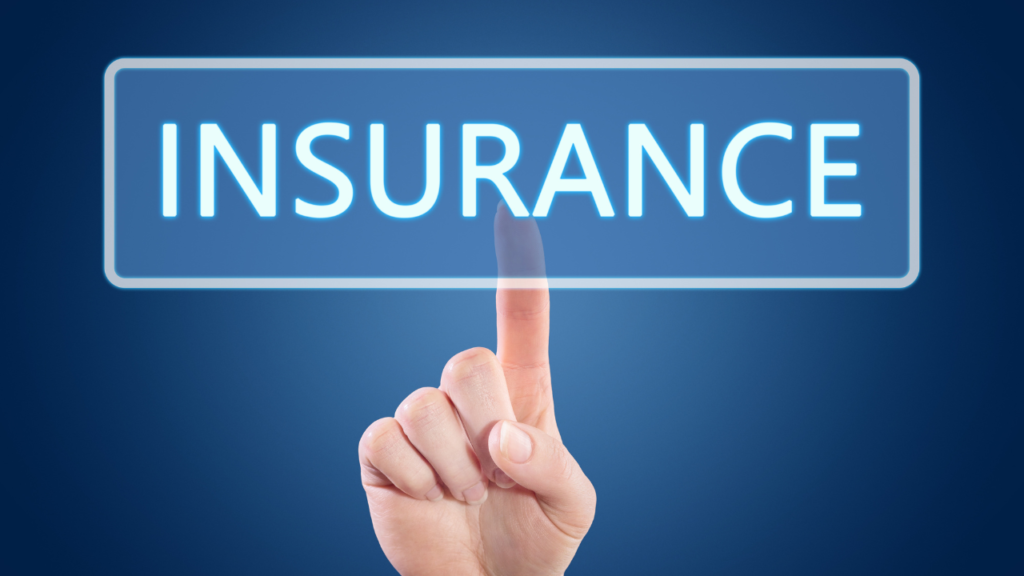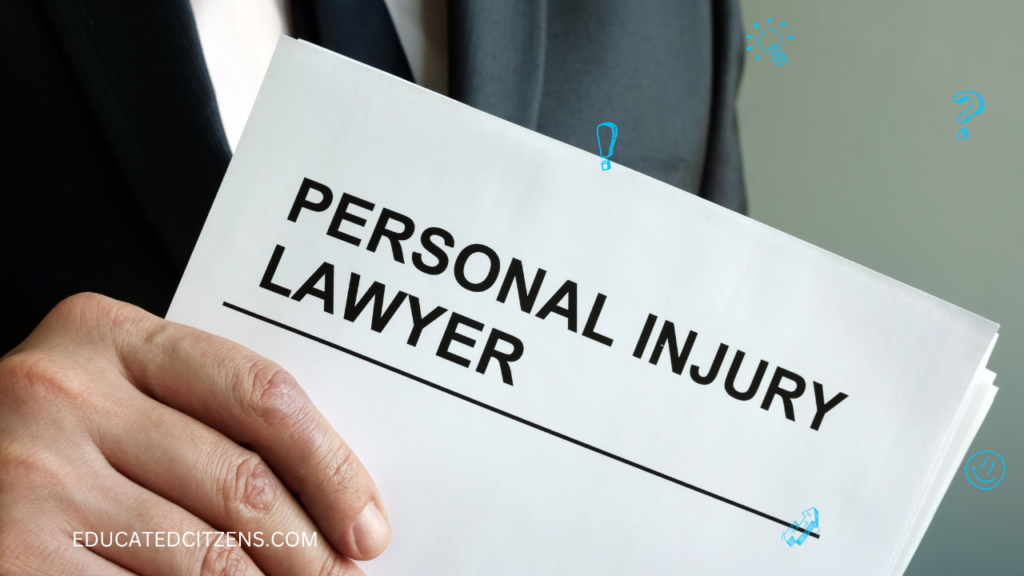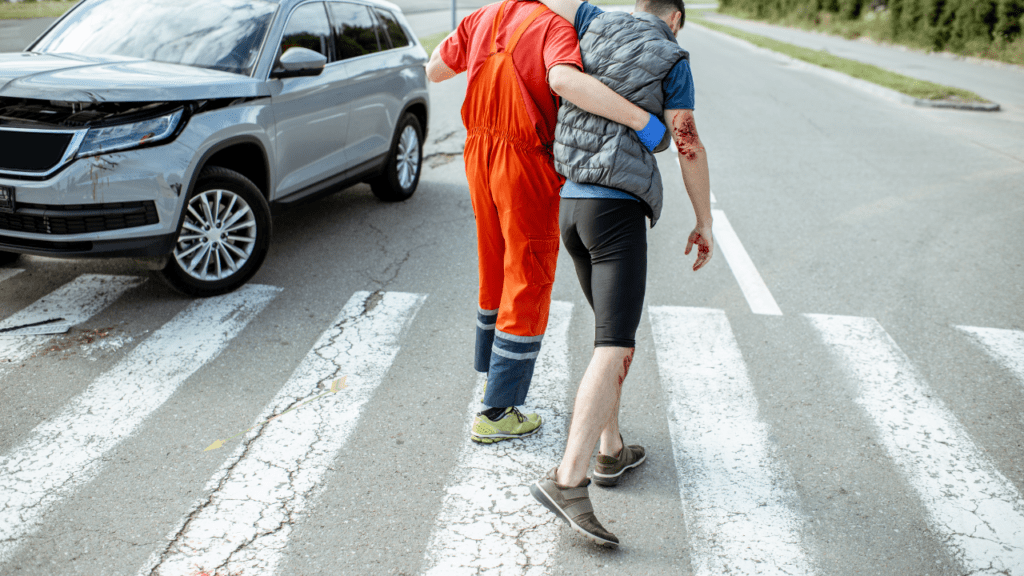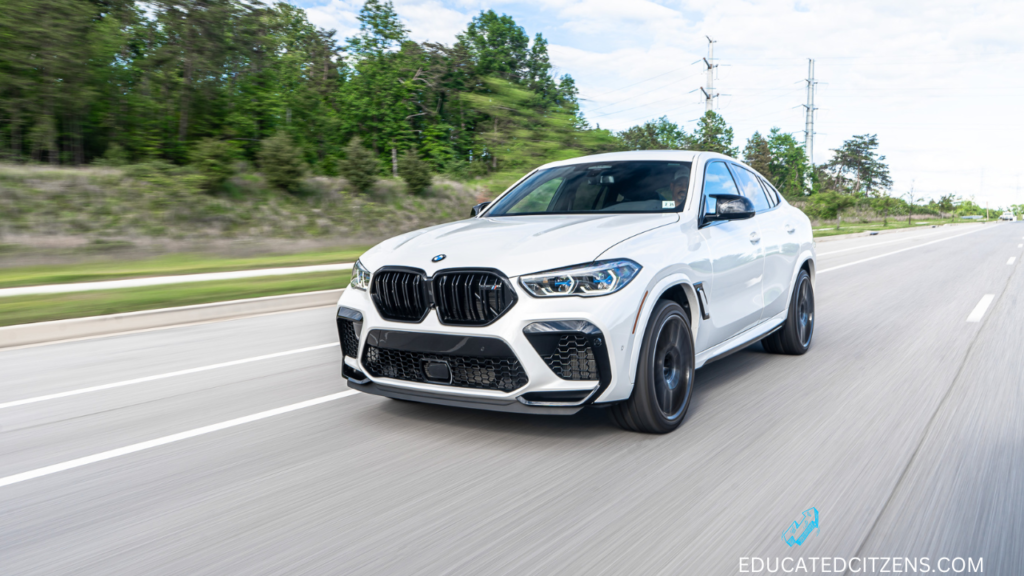What type of insurance will pay for damages if you are the victim of a hit-and-run driver?
If you love statistics just like me, the USA experiences more than 7 million auto accidents of which at least 700,000 crashes are hit-and-runs. From various resources, pedestrians, motorcyclists, and bicyclists account for the largest portion of hit and run victims.
Other data shows that, of the number of vehicle-vehicle hit and runs, parked car hit-and-runs account for the largest cases reported to the police.
If you’re the victim of a hit-and-run driver, your uninsured motorist coverage may help pay for damages to your vehicle and medical expenses, depending on your policy.
Just like any car accident, the victim of hit and run is entitled to damages like medical bills, lost wages, lost potential to earn, mental anguish, emotional distress, and pain and suffering.
But, getting compensated after a hit and run is not a straightforward process because the other driver fled the accident scene without sharing his contact information, and therefore you won’t get a penny from him/his insurance company as damages.
This implies that the hit-and-run victim’s only way of getting compensated is through personal insurance coverage unless the hit-and-run driver is caught by police. Now the question remains, what other types of insurance will pay for damages if you are the victim of a hit-and-run driver?
Page Contents
Understanding Hit-and-Run Accidents
A hit and run is a crime you will be charged with if you left the accident scene illegally. As far as car accident laws are concerned, all the drivers that are involved in an auto accident should stay on the scene and do the following.
1. Share contact information. You need to share with the other driver your contact number, name, address, car insurance, and insurance policy number. You should also let the other driver know your license plate number and registration information.
2. Render help. Some car accidents caused injuries and or deaths. The law requires each driver to stop at the accident scene and render help if any person is injured or died.
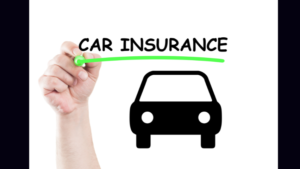
You should call 911, or arrange to transport the injured person to the hospital. A driver that fails to render help could face charges of vehicular manslaughter, a felony depending on the injuries.
3. Report the accident to the authorities. Many states across the USA require that drivers report any car accident, whereas other wants you to report crashes that resulted in significant injuries or property damages.
Note that, there are many forms of hit and run you could be charged with. Examples of hit-and-runs include; vehicle-vehicle hit and run accidents, vehicle-pedestrian hit-and-runs, vehicle-motorcyclist hit and runs, vehicle-object hit-and-runs, and finally, vehicle-animal hit-and-runs.
All the above kinds of crashes require you to stop and exchange information. You may also be required to call authorities and report the collision depending on the form of hit and run accident you just had.
I also need to stress that, committing a hit-and-run offense has nothing to do with who caused the accident or not. For example, someone could have run a red light and rear-ended you but charges were placed on you if you chose to leave the accident scene.
Types of Insurance Coverage that cover hit and run car accidents.
There are many insurance coverage policies you could buy to cover your machine, depending on your insurance needs of course.

Some people buy coverages for fire, liability, theft, collision, GAP, rental, etc. Of course, certain coverages help to compensate hit and run victims. Below are examples.
1. Collision car insurance. This is the coverage that guards your car against collision-related losses. It does not cover personal injuries.
Collision car insurance will help you pay for the cost of repairing your car after an accident or help to replace your car in case it is totaled due to unrepairable damages.
If someone hit your car and left the accident scene, you have an option of getting compensated through your insurance company if only you bought collision car insurance.
2. Uninsured/underinsured motorist coverage. This is the insurance policy you need to buy to guard yourself against people who have no or little insurance coverage. From statistics, at least 14% of Americans drive uninsured.
From reliable sources, the largest proportion of hit and run drivers are drivers with no insurance, or people serving other cases/punishments.
3. Personal injury protection (PIP). This type of insurance coverage pays your medical bills irrespective of who caused the car accident. It also helps in paying the medical bills of your passengers.
Steps of Filing a Hit-and-Run Insurance Claim
Car accidents cause lots of financial problems, and getting involved in a hit and run creates a lot of stress and uncertainty. This is because, usually, the driver leaves the accident scene, so as a victim you are not sure if you will ever recover financially.
To increase your chances of getting compensated, there are certain specific steps you need to follow. Below are the steps for filing a hit and run insurance claim.

1. Document the accident. whether you get compensated or not, and whether stand a chance to win the hit-and-run lawsuit or not, depends on the evidence you gathered at the scene of the accident.
You must document everything that occurred and what you remember about the accident. Take photos of the cars involved in the accident, note the car color, model and make, license plate number, witness statements, etc.
2. Report the accident. It’s true the other driver could have fled the accident scene, but all in all, you should invite the authorities to complete a car accident police report. You will need this to file a hit-and-run settlement claim.
3. Contact your insurance company. Notify your insurance company as soon as possible after the accident. Provide them with any information you have about the other driver that fled the accident, and tell them about his car.
4. File a hit and run accident claim. Your insurance claims adjuster will guide you on how to file a claim. They may ask you for any required extra information and will ask you for a car accident police report.
5. Follow up on your car accident claim. Make sure you understand if your compensation claim is being worked upon by your claims adjuster. You are highly recommended to cooperate with your insurance agent.
6. Wait for the outcome of your claim. Depending on certain circumstances, the insurance claim will issue you a compensation payout or deny your claim. If the other driver can not be traced, your insurance company will most likely deny you a settlement.
7. Consider hiring a car accident attorney. Only 5% of car accident claims are settled in courts of law. But, still, you may need to hire an experienced car accident lawyer to negotiate on your behalf or file a hit and run lawsuit if the company “lowballs’ you.
Factors That Affect Insurance Coverage:
It is mandatory to buy auto insurance before you are allowed to drive in the USA. But surprisingly, at least 14% of Americans still drive uninsured and these are the very drivers that are prone to committing hit and run crimes.
It is not a guarantee that you will receive compensation soon after that hit and run accident. Below are factors that affect insurance coverage and whether you will receive a compensation settlement.
1. State laws. Every state has different laws that govern car accidents. For instance, the amount payable to you as a settlement could depend on the fact that you contributed to the accident or not.
2. Policy terms. If you have little insurance coverage for yourself, expect small amounts of money payable to you as compensation. Here is an example.
Assume you bought $25,000 as your collision insurance policy limits, do not expect to receive $50,000 as compensation once you are involved in a car accident.
3. Circumstances of the accident. A driver that caused the accident and still left the accident scene commits a serious offense meaning more severe hit and run penalties. On the other hand, the victim of such an incident will be awarded many damages like compensatory, punitive, and treble damages.
Preparing for Hit-and-Run Accidents:
Car accidents occur every time and are unplanned, a reason they are insurable risks. Ways of preparing for hit and run accidents are as follows.
1. Buy adequate insurance coverage. what you buy is what you will get. Small insurance policy limits imply small amounts of money as your car accident settlement.
2. Buy the required insurance policies. Comprehensive and liability insurance coverages do not cover your car if you caused the accident. Liability will help you compensate the other driver that suffered losses at the expense of your negligencies.
3. You should also keep your insurance and registration documents up to date.
Conclusion.
What type of insurance will pay for damages if you are the victim of a hit-and-run driver?
Though there are many types of insurance coverage that protect you from various car accidents, only collision, uninsured/underinsured motorist coverage, and Personal injury protection coverage are the types of insurance that you need to cover hit and run accident losses.
